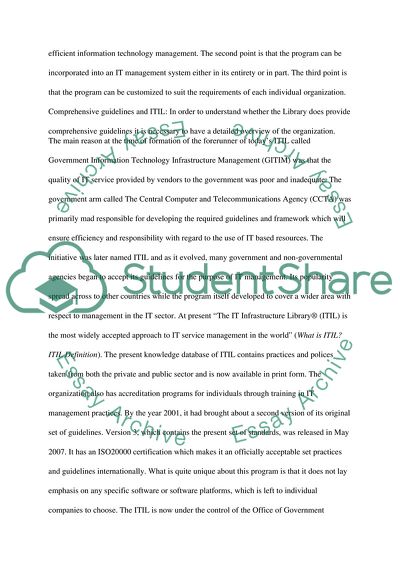Cite this document
(“Information Technology Infrastructure Library (ITIL) Essay - 2”, n.d.)
Information Technology Infrastructure Library (ITIL) Essay - 2. Retrieved from https://studentshare.org/miscellaneous/1552169-information-technology-infrastructure-library-itil
Information Technology Infrastructure Library (ITIL) Essay - 2. Retrieved from https://studentshare.org/miscellaneous/1552169-information-technology-infrastructure-library-itil
(Information Technology Infrastructure Library (ITIL) Essay - 2)
Information Technology Infrastructure Library (ITIL) Essay - 2. https://studentshare.org/miscellaneous/1552169-information-technology-infrastructure-library-itil.
Information Technology Infrastructure Library (ITIL) Essay - 2. https://studentshare.org/miscellaneous/1552169-information-technology-infrastructure-library-itil.
“Information Technology Infrastructure Library (ITIL) Essay - 2”, n.d. https://studentshare.org/miscellaneous/1552169-information-technology-infrastructure-library-itil.


